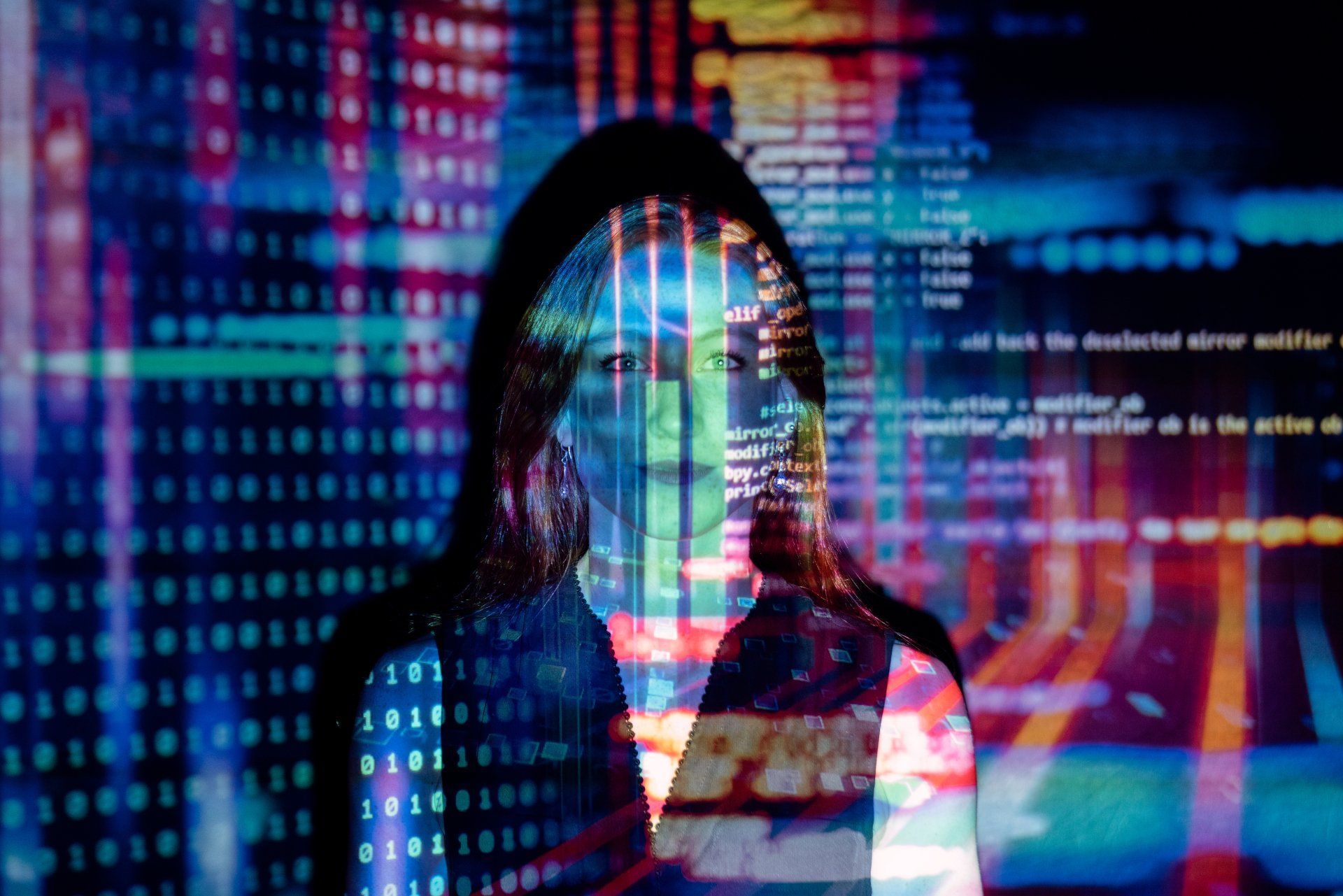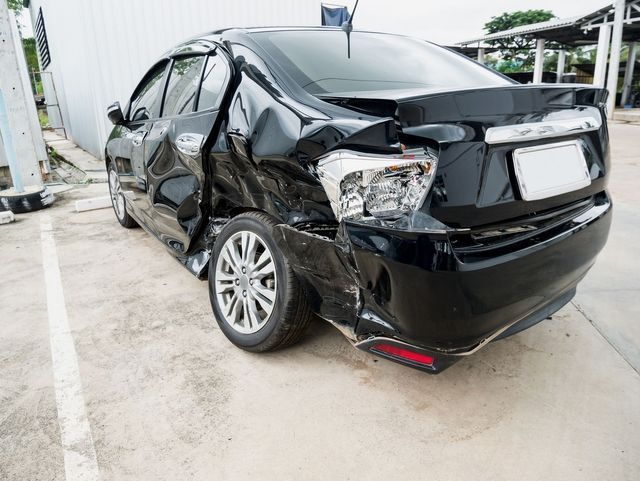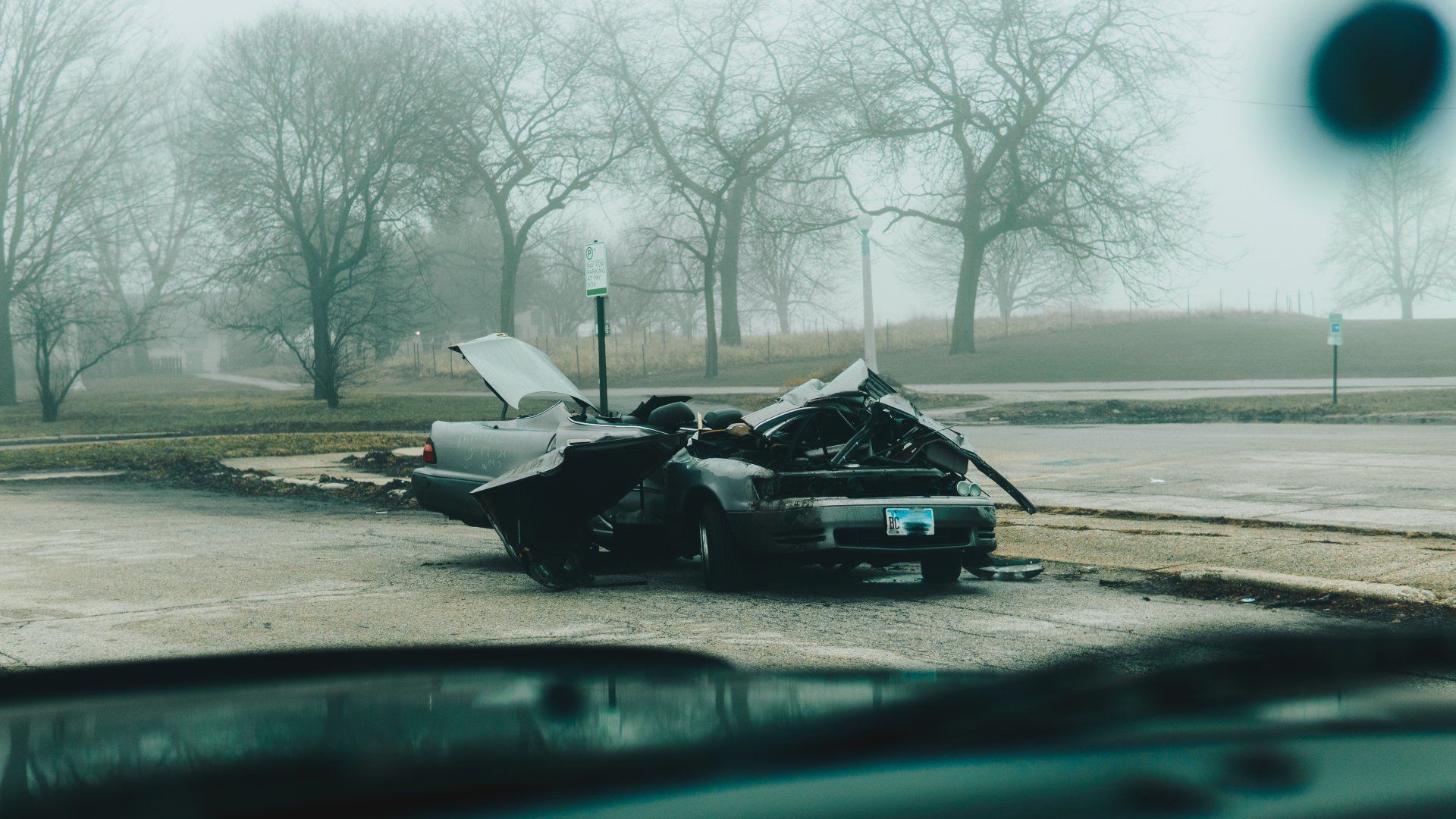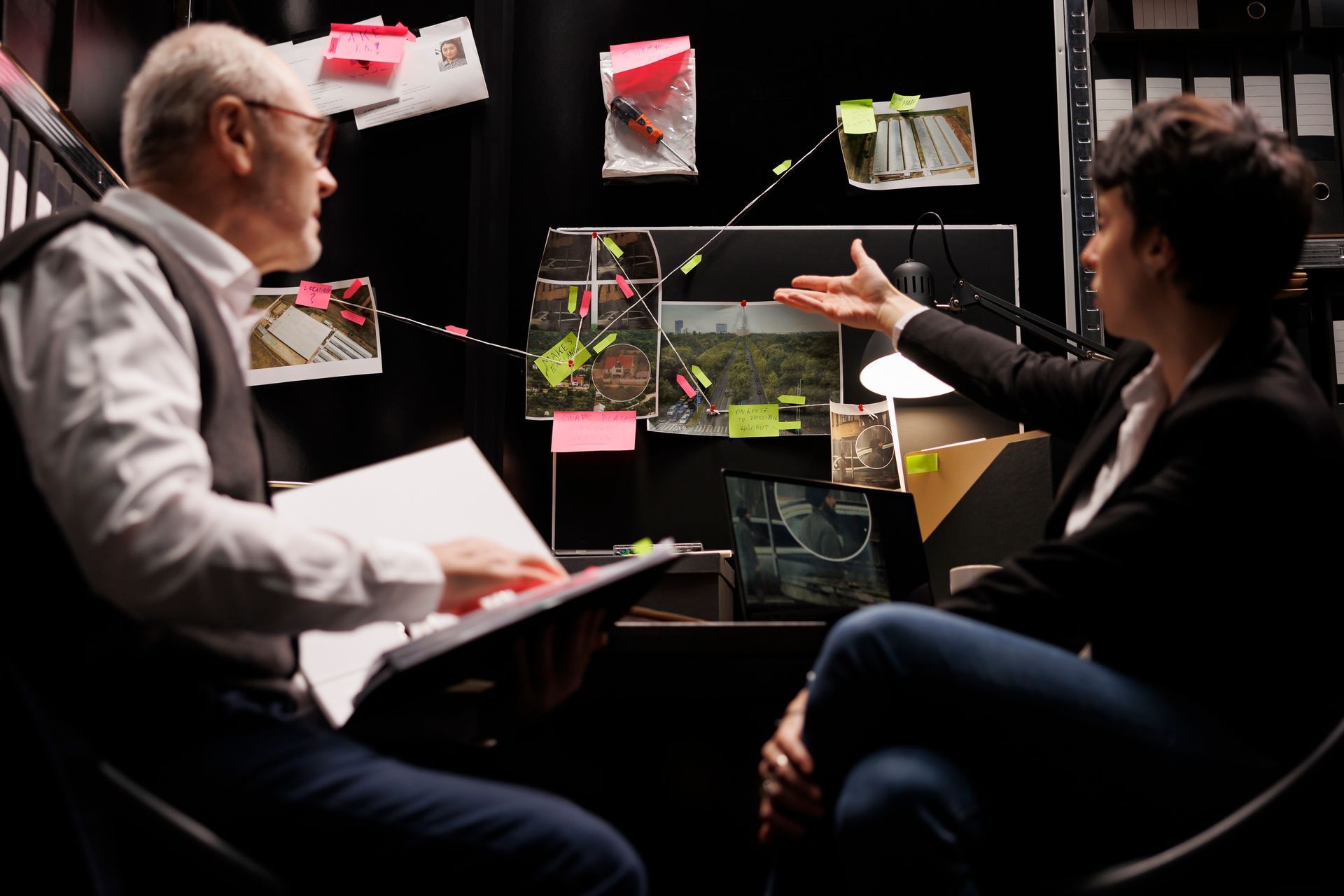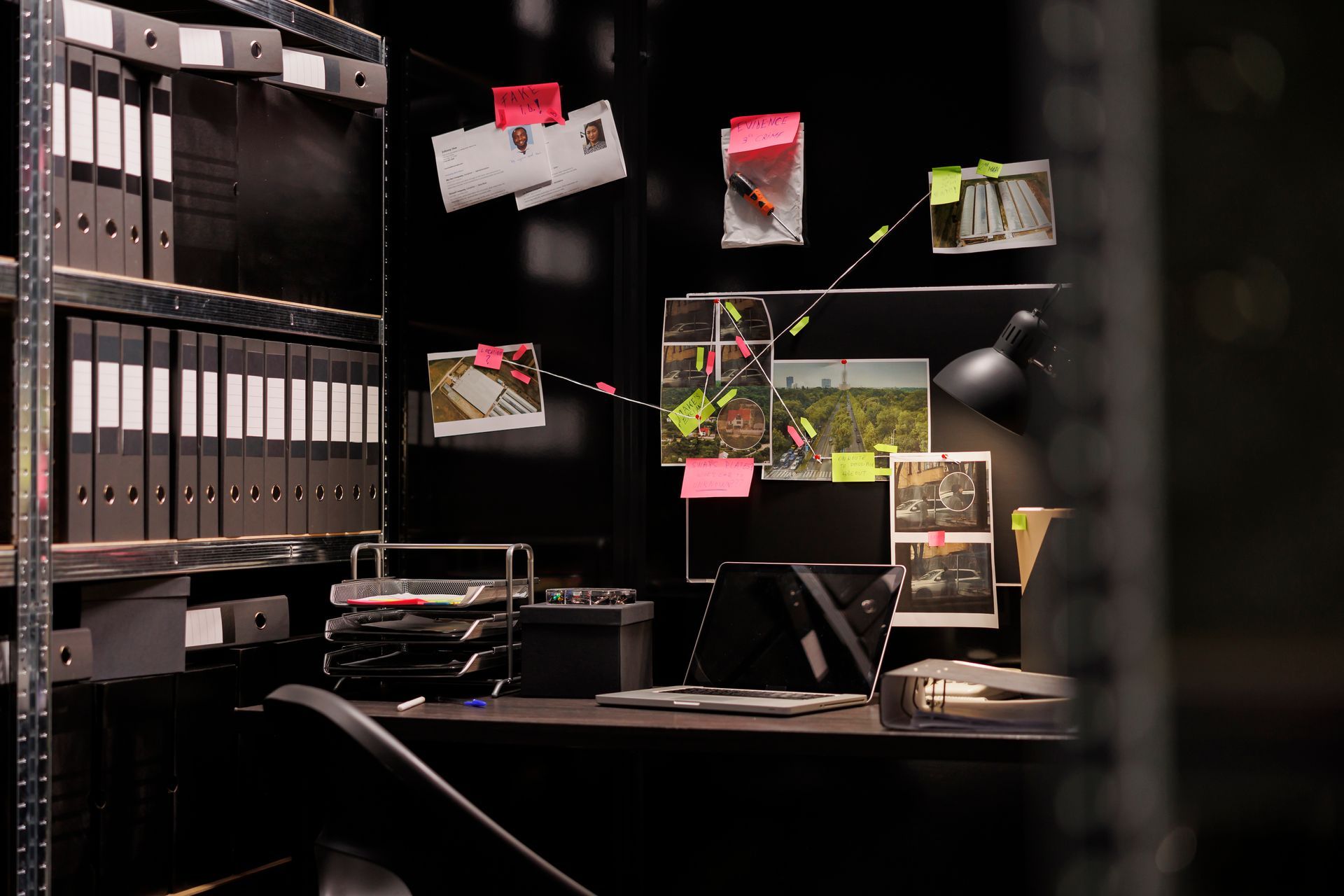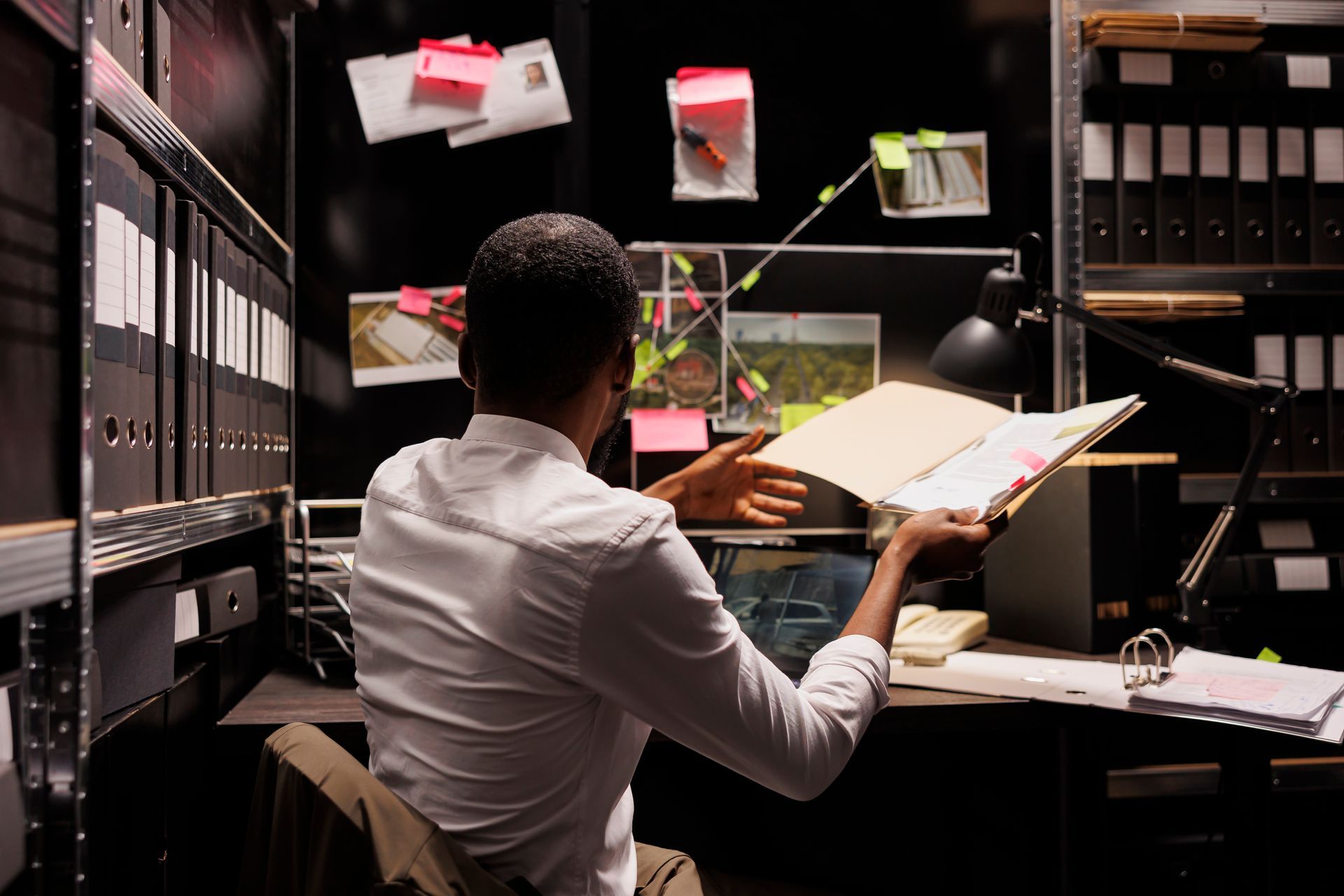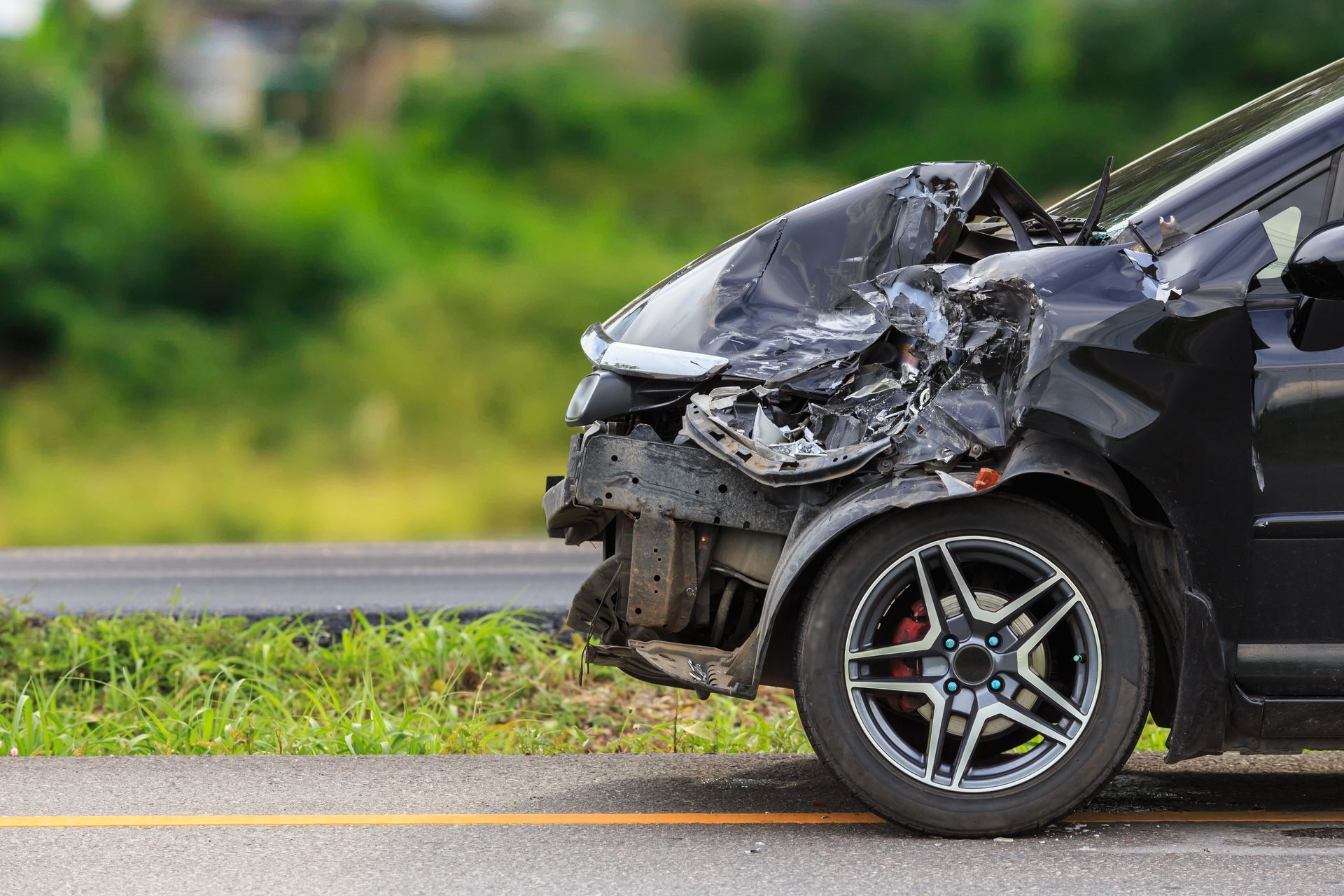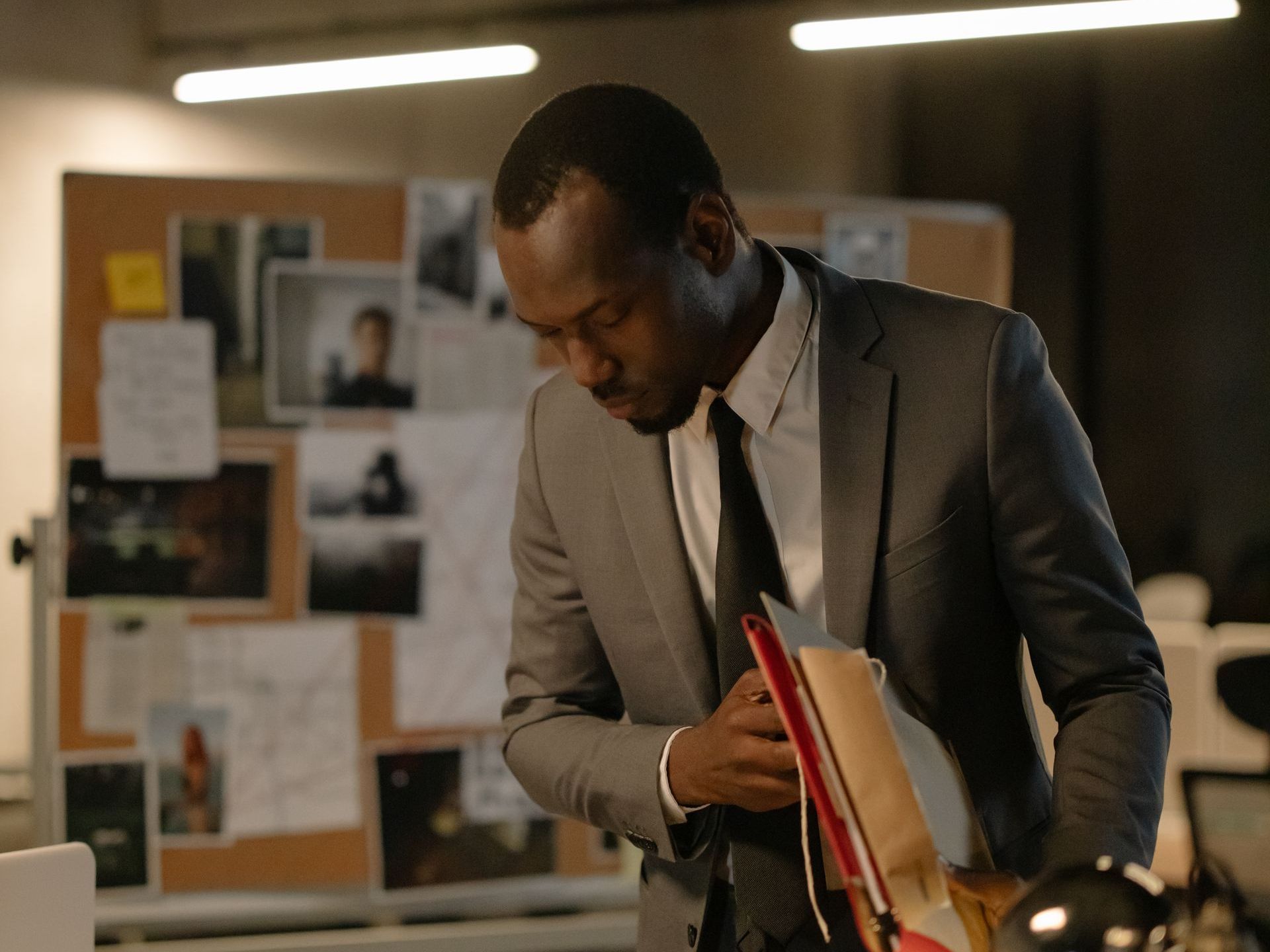Piecing Together the Puzzle: Analyzing Scene Evidence in Crash Reconstruction
Despite advances in vehicle safety, vehicle crashes remain a leading cause of death and serious injury across the globe. Crash reconstruction is a technique used to investigate the circumstances of a crash to determine the cause and sequence of events that led to it. It involves collecting evidence from the scene of the crash and combining it with data from the performance of the vehicles involved in the crash. Using this information, experts and law enforcement are then able to pinpoint the cause of the crash and take preventive measures to stop similar crashes from occurring in the future.
Fundamentals for Analyzing Scene Evidence
Accurately analyzing scene evidence can become complicated and involve various factors, including the behavior of the vehicle, trajectory and energy of the vehicle, involvement of other cars, skid marks and debris, witnesses, and more. However, there are a few fundamental steps that professionals use to accurately analyze the scene evidence:
- Collect and document the scene evidence – This includes capturing the scene of the accident with photographs from different angles, precisely locating and documenting the locations of impact points, gathering trace evidence such as broken glass, collecting skid marks and debris from the crash site, and recording relevant information including the condition of the street, visibility, and climate at the time of the accident. Finally, all details pertaining to the accident must be thoroughly logged in notes for further reference.
- Interpret the evidence – Crash experts and law enforcement utilize the evidence collected at crash scenes to interpret what caused the incident and ascertain the steps that led to the crash. This process of accident reconstruction involves the application of knowledge in physics and engineering principles in order to accurately re-enact and portray the timeline of events that played out prior to and after the crash. By studying the scene of the incident and the various pieces of information independent from the scene, this analysis aids the researcher in understanding the variables that led up to the crash, the conditions and events surrounding the crash and the aftermath of the incident. This combined knowledge enables the experts and law enforcement to clear the air of any doubts and assumptions, and instead provide an accurate summation and analysis of the events that took place during the accident.
- Determine the cause of the crash – Once all evidence has been properly examined and assessed, experts can use the data to determine if the crash was a result of any unlawful activity, a mechanical failure of some sort, or any other external factors. Through their analysis of the data, they can then decide what led to the crash and formulate conclusions from the evidence to properly identify the cause. Ultimately, these experts can make a determination if the crash that occurred was due to criminal negligence, a preventable mistake, or perhaps an unavoidable act of nature.
Impact Angle Analysis for Crash Reconstruction
Analyzing the impact angles of the vehicles involved in a crash is a crucial part of the reconstruction process. By understanding the impact angles, it is possible to determine the direction of travel that the cars were travelling in both prior to and after the crash, to roughly estimate the speeds at which they were travelling, and to pinpoint the cause of the crash. To accurately analyze the impact angles, all available evidence must be taken into consideration, including debris and skid marks left by the cars, the damage done to the vehicles, and the position of the occupants inside the cars. This evidence can be used to gain a comprehensive understanding of the events that transpired before and after the crash, to ascertain the cause of the accident.
Technology in Scene Evidence Analysis
Today, experts have access to cutting-edge technology to assist them in their analysis of evidence found at the scene of a crash. Three-dimensional crime scene technology and high-tech computer simulations allow experts to create virtual reconstructions of the crash which can be used to interpret and evaluate the evidence. Additionally, through dashboard video cameras and other onboard devices, experts can receive data-rich information regarding the events that occurred in the moments before the crash. This invaluable information, when correlated with the 3-D visuals, allows for a more comprehensive overview of the crash, leading to more accurately determined conclusions.
Critically analyzing evidence at the crash scene is essential to help experts accurately determine the contributing factors of a crash. By examining physical evidence such as skid marks and vehicle damage, combined with technological advancements in technology such as analytics from road and surveillance cameras, a total of multiple data points can be used to reconstruct the collision. This can help identify any kind of driver or environmental errors, allowing for prevention of similar occurrences from happening in the future. Crash reconstruction is now an effective tool to unwrap the underlying causes of collisions to try and reduce the chances of them occurring in the future.
